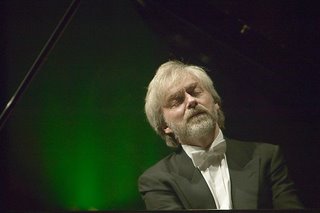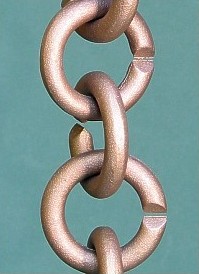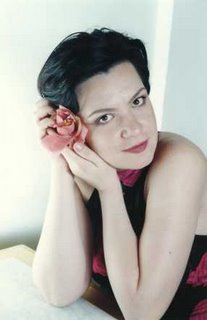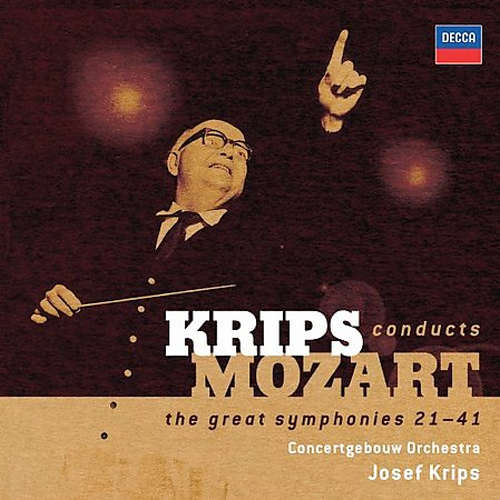Anne Midgette to Stay at WaPo

Full disclosure: Since April, I have been doing some freelance reviewing of classical music for the Washington Post.
We hear through the grapevine that the Washington Post has appointed Anne Midgette as its new classical music critic. Since January, she has been serving as interim critic during the sabbatical of Tim Page. After many accomplishments in Europe, she became the first woman to review classical music for the New York Times. When Tim Page's departure from the Post was announced as final, Midgette's succession to the position was widely expected. Still, with newspapers all over the country dumping their classical music critics, some of us held our breath. It is a relief to report that the answer to the question, "Could the Washington Post really not have a full-time classical music critic?", is -- not yet.
Take this opportunity to look back at what Anne wrote, shortly after she began writing for the New York Times, in an article called A Critical Difference (Andante, June 2002). It is about what being a woman writing reviews of classical music is like, a topic that assumes even greater relevance today:I'm sure there are other women besides myself whom people would be readier to accept as critics. The larger issue for all female music critics — akin to that faced by female conductors — is how to find and assume the kind of authority they need to help their statements be heard. It seems to me that as music critics, women come in for a certain amount of negative stereotyping: too shrill, too dumb, too ineffective. [...]
Congratulations to Anne and to the Post for making it official! We need classical music coverage in our major newspapers, and Anne has proven herself to be a strong-minded and incisive critic. Also check out her latest article, in today's Style section.
I lack the objectivity to say how far my own critical writing is marked by the fact that I'm a woman. The perspective that I bring to the table includes a number of things that may or may not be gender-specific. When I'm writing a review, I do want to set a scene; to communicate something about the experience; to give my (necessarily subjective) opinion; and to write something I think someone might want to read, according to my own possibly idiosyncratic views of what constitutes that.
But I also seem to have a reputation as a ball-breaker, even though I feel I'm often pulling my punches. "I never want you to review me!" a conductor interrupted my conversation to announce at a recent event. And when someone attends the same concert I did and thinks I was gentle in the review — which has happened not infrequently — they react in astonishment: "You were so kind!" as if that were completely unexpected. [...]
In fact, classical music badly needs to be helped out of its privileged position and to play on the same field as the other arts. Film critics, after all, men and women, express themselves strongly all the time, in terms that would make classical audiences sputter in horror. Unlike film, pop music, art or literature, classical music is widely seen as an endangered species that needs special protection, special advocacy. Meanwhile, it threatens to lapse into mediocrity, in part precisely because its pretensions of privilege ensure that many non-aficionados in the audience, when they fail to be transported by an orchestra concert, assume that the fault lies in their own lack of understanding rather than in the indifferent quality of the event itself.
For any critic, one of the points of the exercise is to speak out and make clear to readers why it is that we care. And ultimately, as classical music coverage seems increasingly at risk, the issue of being a woman critic seems to me less about being a woman than about being a critic: the challenge of how to make what we do more vital and reach as wide an audience as possible, but by virtue of the inherent merits of our art and our writing, rather than by dumbing down in deference to anyone's idea of who "she" [the female classical music listener] is and what "she" wants.
UPDATE:
The media watchers at Fishbowl DC have published the Washington Post internal memo that had the news.
UPDATE 2:
Susan Elliott has the announcement from Musical America.









































































